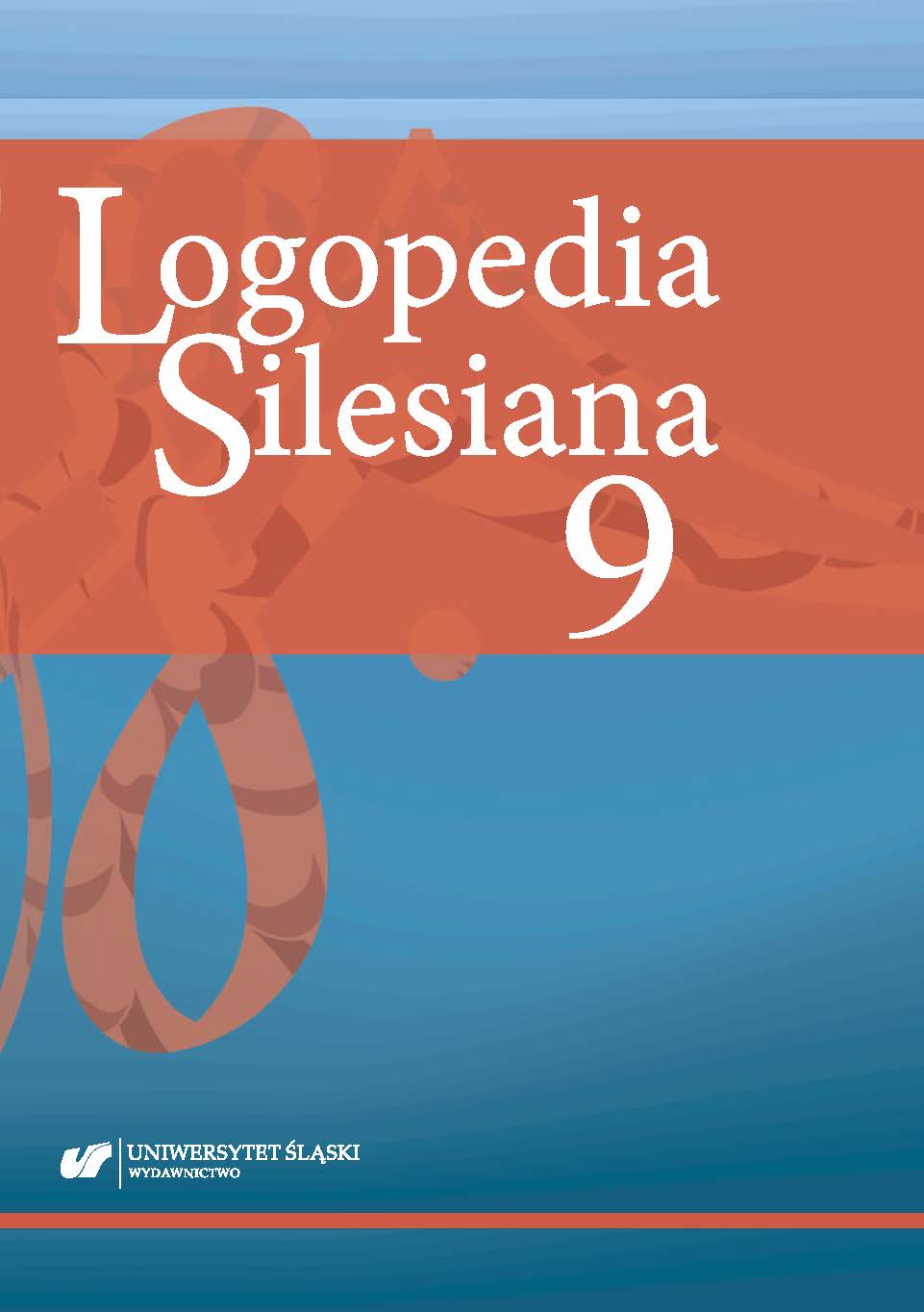Komunikacja dzieci i młodzieży z mózgowym porażeniem dziecięcym i niepełnosprawnością intelektualną na tle oceny jakości życia
Communication of children and adolescents with cerebral palsy and intellectual disability in the context of quality of life assessment
Author(s): Ewa BoksaSubject(s): Theoretical Linguistics, Applied Linguistics, Communication studies
Published by: Wydawnictwo Uniwersytetu Śląskiego
Keywords: cerebral palsy; communication; quality of life
Summary/Abstract: The paper describes the research carried out on the group of 33 students of Rehabilitation, Education and Educational Center in Kielce (23 boys, 10 girls), between 9 and 19 years of age. All subjects were diagnosed with cerebral palsy and intellectual disability. The aim of the study was to determine the communication level of people with intellectual and motor disabilities as well as the impact of these disabilities on their quality of life. The results showed that the main disruptive factor in the communication process was intellectual disability. Motor dysfunction, the basic symptom of cerebral palsy, primarily affects the way of communication, but not its quality. Communication diagnosis (CFCS) oriented towards the implementation of pragmatic functions in the communication of people with multiple disabilities enables such planning of therapy for people with cerebral palsy to simultaneously improve and control their quality of life.
Journal: Logopedia Silesiana
- Issue Year: 2020
- Issue No: 9
- Page Range: 1-27
- Page Count: 27
- Language: English, Polish

